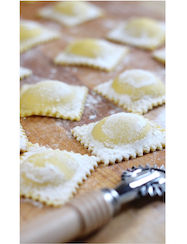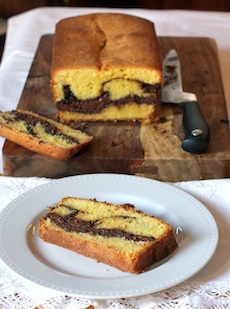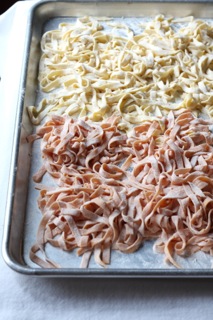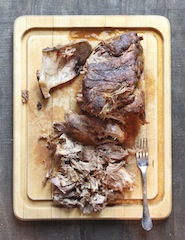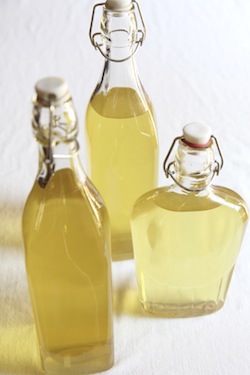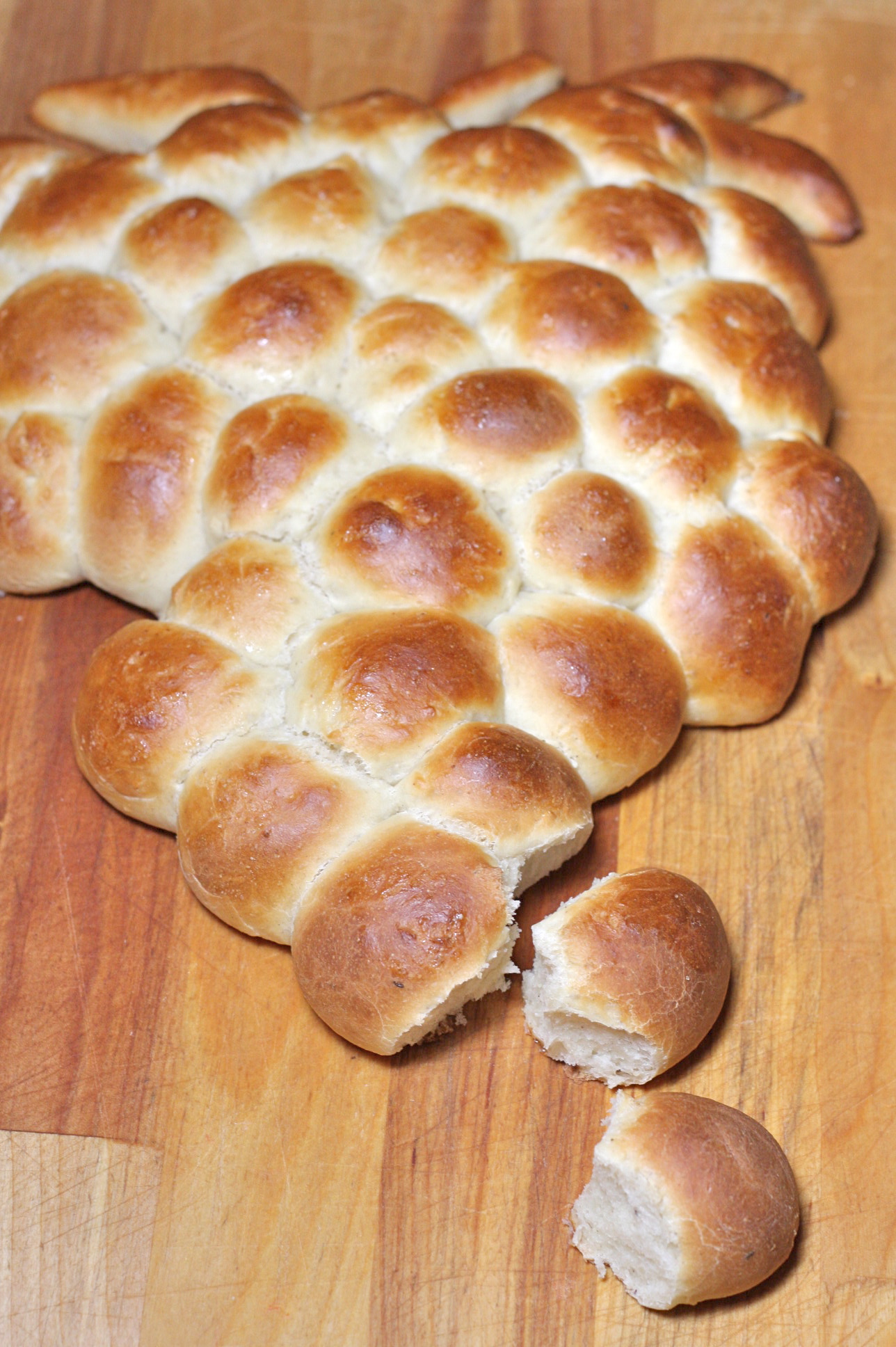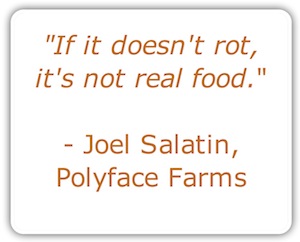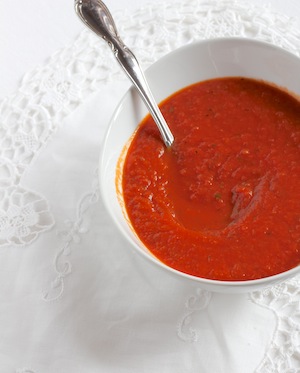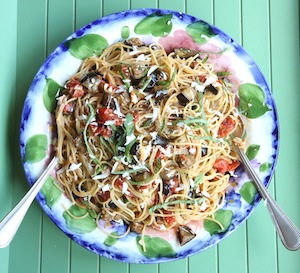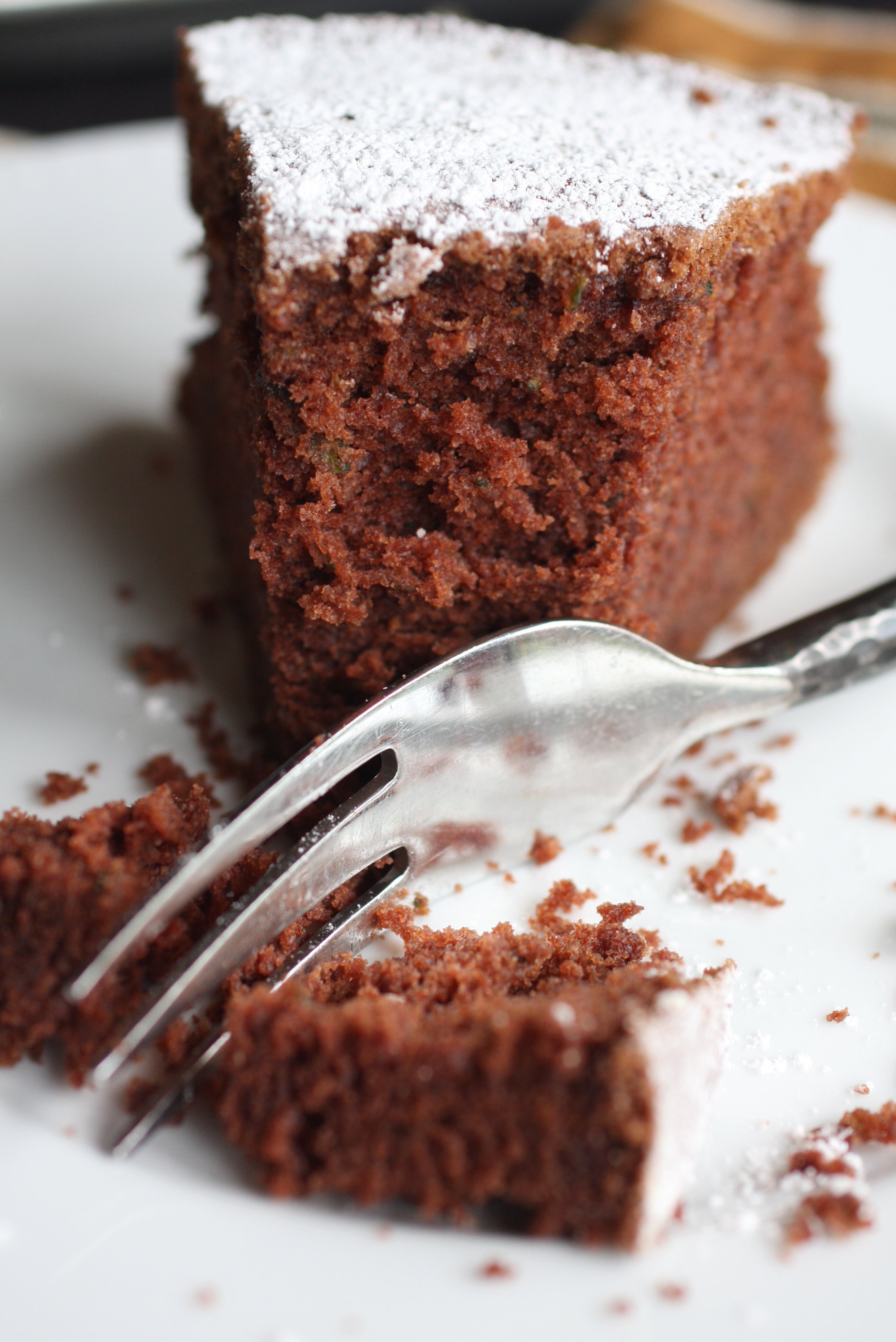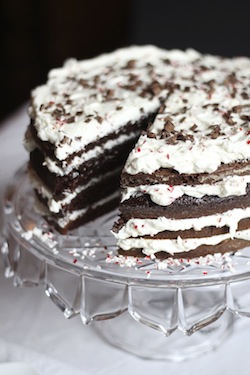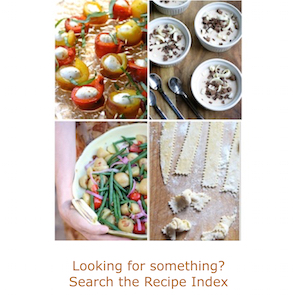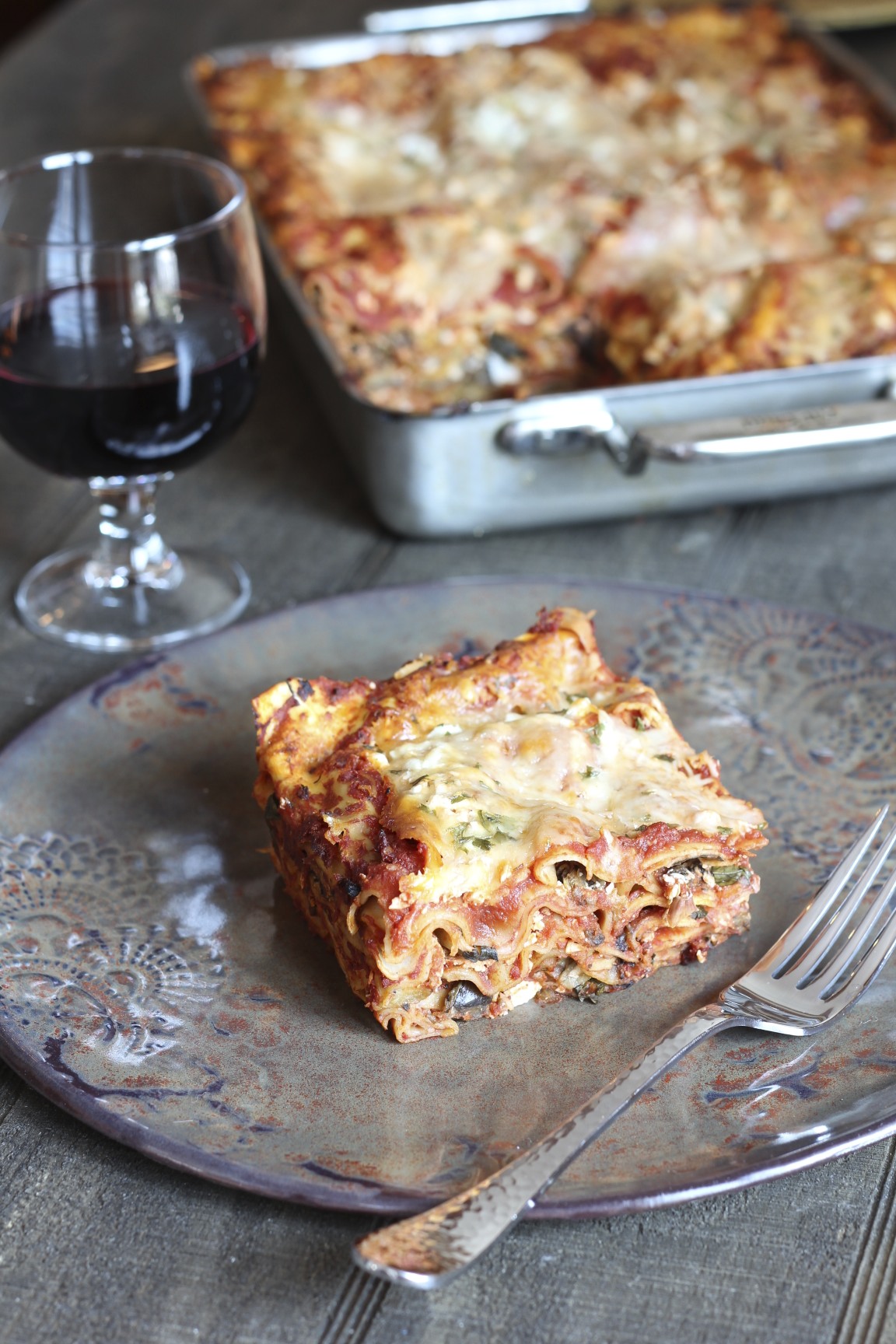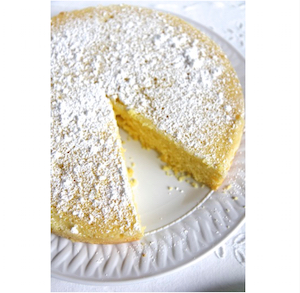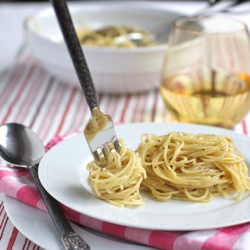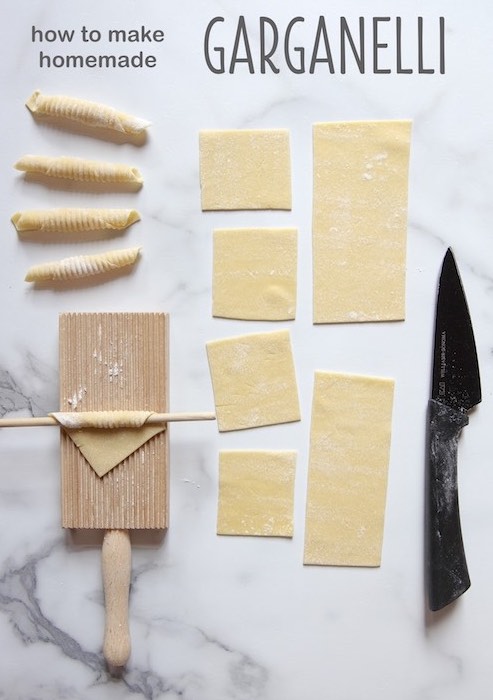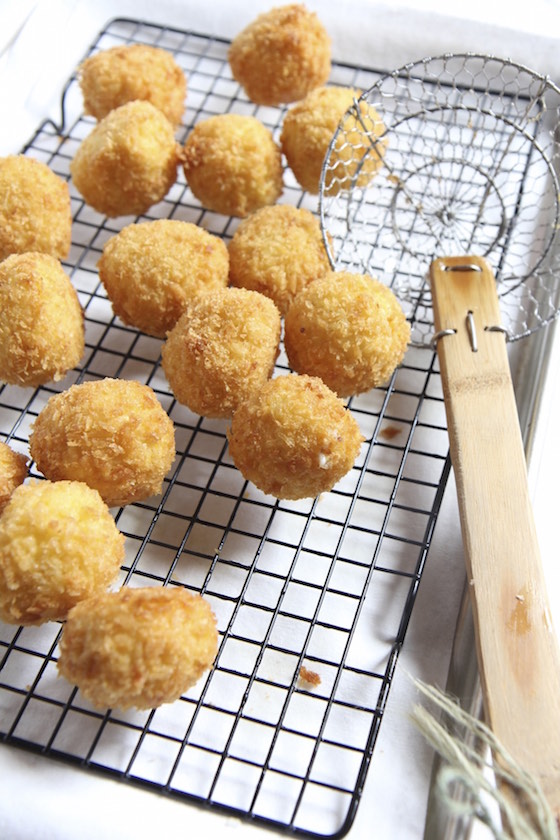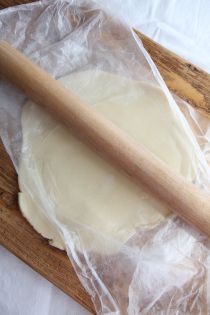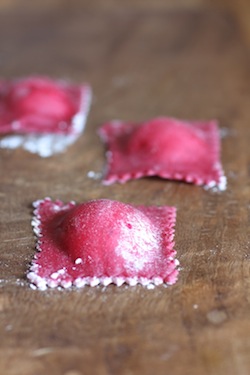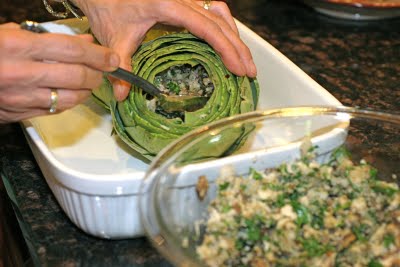Umami and the Italian Nonna
 June 20, 2008
June 20, 2008 What's a Japanese word doing in an Italian food blog? Because it's something every Italian nonna knows about when it comes to adding flavor to dishes. And if you don't know what umami is, you will. It's one of the hottest subjects in the cooking world right now.
We all know there are four tastes - salty, sweet, sour and bitter. But researchers have identified a fifth taste and that is umami - the rich, savory taste of some foods. This taste is found naturally in certain foods - very ripe tomatoes, anchovies, parmesan cheese and mushrooms to name a few. It's why fish sauce and soy sauce make fried rice so savory. Cooks have known for ages that these foods enhance the taste of savory dishes. It's because these foods naturally contain glutamate. It is why MSG (monosodium glutamate) makes foods taste better. If you like the way adding a chicken or beef bouillion cube (which has MSG in it) enhances the flavor of a sauce or a stew, why not try adding a food that naturally contains glutamate? It's why Italian cooks often add an anchovy in the beginning when cooking a sauce. Even if you don't like the taste of anchovies, you will never know it is there. It completely dissolves but it adds a depth of flavor you would not have otherwise. Don't say, "Ew! I don't like anchovies!" Take advantage of the glutamate in this food and enhance your cooking - your umami!

Spaghetti with Anchovies, Capers and Bread Crumbs
This recipe uses what Italians call "the poor man's parmesan cheese" - fried bread crumbs. It's actually a really delicious topping to put on pasta. This pasta sauce takes a mere 5 minutes to make!
Ingredients:
for bread crumbs:
- some crustless bread (can be stale), pulsed into crumbs in food processor
- 2 Tablespoons olive oil
- 2 large pinches of kosher salt
Take about a cup of the bread crumbs and fry in the olive oil until crispy and turning rosy. Add salt. Set aside.
for spaghetti:
- 1/3 cup olive oil
- 3 anchovy fillets*
- 1 large garlic clove, minced
- 1 heaping Tablespoon capers, rinsed
- 1/4 cup chopped parsley
- lemon zest
- 8 oz. thin spaghetti
Instructions:
While you make sauce, cook the spaghetti until just al dente.
In a large skillet, heat the olive oil and add anchovy fillets. Heat them gently and stir with spatula until they dissolve.
Add garlic and heat gently for about two minutes. Do not let it burn.
Add half the parsley, all the capers and cook for one minute. Add the cooked spaghetti to the skillet and toss, coating with the sauce. If a little dry, add a few tablespoons of the pasta water. Add the rest of the parsley, the bread crumbs and lemon zest and toss again. Serve hot.
* Use good anchovies if you can find them. I can find Scalia anchovies in most good gourmet grocery stores.

